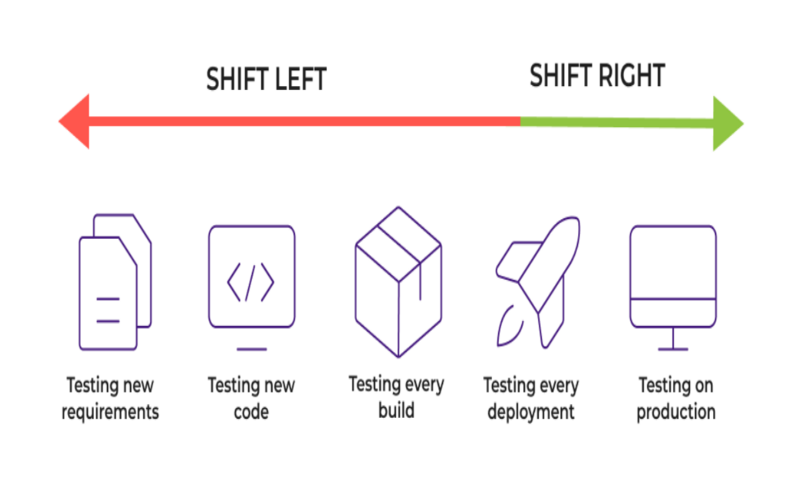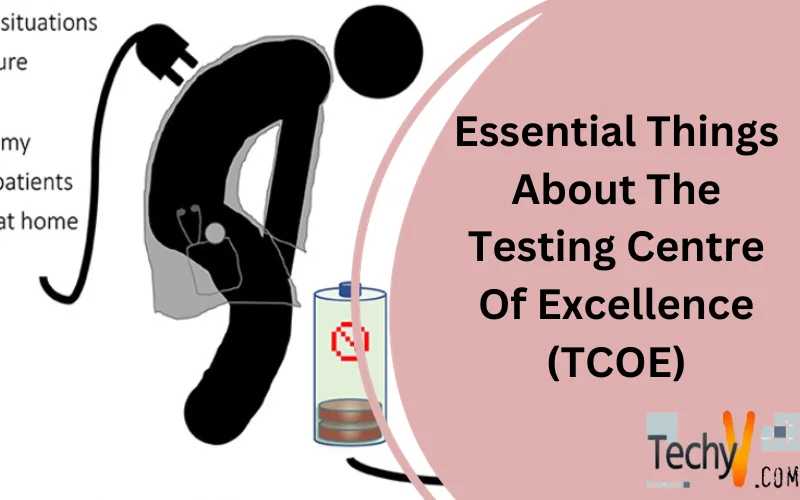What Is The Testing Center Of Excellence?
A testing Centre of Excellence (TCOE) is an active structure that defines, accomplishes, and measures testing controls and traditions across management. Here, the testers have shared sources across groups, but testing protocols, toolsets, strategies, and KPIs are organized at a centralized stage. Every management has the goal of offering the traditional software equipment TOCE. It effectively employs the group testers, immediately organizing the principles and procedures.
TCOE can include answering the following questions to create a perfect roadmap to success and the desired results.
Why Do We Need A Testing Centre Of Excellence (TCOE)?
In most managements, testers are scattered across various teams and report to their respective organizers. With this approach, testers do not share a general goal or direction. The individual efforts of these separate testing groups frequently fail to make an effect because of the break approach. Testing contrasts from a group basis, making it problematic to standardize the testing process and practices across the management.
How To Set Up TCOE
The TCOE model performs by executing active strategies, thereby removing redundancies and management risks. It has various other advantages, involving IT cost reduction, speeding up technologies, improving the software quality, and enhancing the testing ability.
1. Minimizes Costs And Maximum Effectively
The TCOE manufactures and operates quality practices because it offers groups with a set of traditions that can be used across the management. TCOE evolves and maintains reusable documentation templates and automation structures that add enormous value to the testing groups. They also offer repeatable procedures, practices, and strategies that prevent pitfalls.
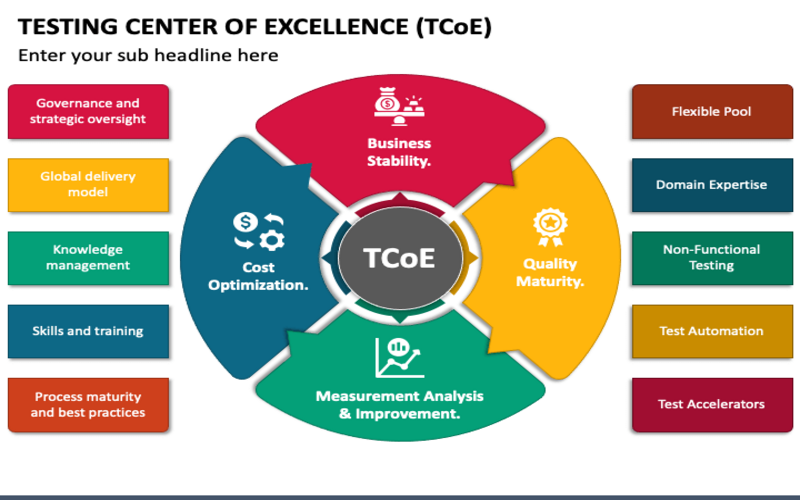
2. Insufficient Support Could Lead To Burnout And Failure
Deciding to implement a TCOE without support from all stages of your management cloud will leave its members frustrated and burned out if their procedures and tooling advice are not adequately supported or flexible.
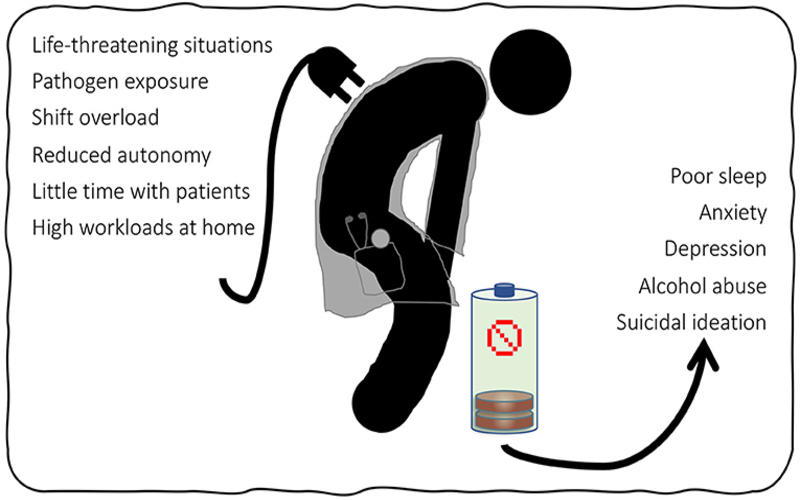
3. Not Aligning TCOE Aims To Management Results
By definition, it is a consolidated group of people who share the general aim of supportive quality across the management. The other groups will be subject to binding to the outputs of the TCOE. It is only rational that the aims of the TCOE adjust with your management goals.
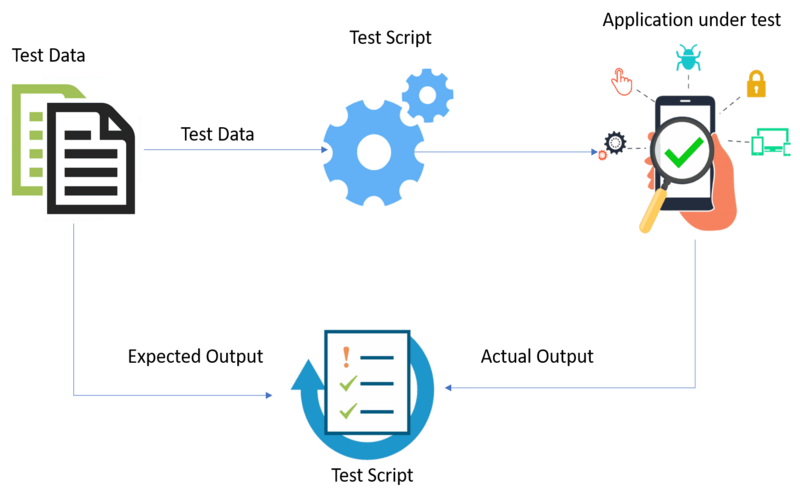
4. TCOE And Generating A Successful Agile Software Development Team
TCOE concentrates on organizing the QA testing procedures. However, an efficient TCOE benefits the whole elegant software development group. By stirring QA out of a support role and into an agile component of overall development, there is a maximized chance of searching for errors and discrepancies in both code and design before the development cycle. Searching errors early reduces costs while enhancing release quality.

5. Bridge The Gap Between The Development And Testing Stages
Code has to be employed faster so the development team can’t have to spend weeks testing a code. Testing should be a quicker process and also constructive at the same time. Ensuring the approach of trying early, frequently firms have argued quality evaluates to the left in the finished development cycle. Testing is finished in parallel to development.

6. Best Of Both Worlds
The flexible and post-agile are very distinct from one another. The flexible testing locations of excellence have to be devised while keeping the key aspects with the substance of the setup. A QA framework must recognise and embrace approaches that are appropriate for today’s software development cycle.

7. Makes Sharing Available To All
The software development life cycle deploys open-source tools and fields that do not support standard software TCOE structures. The mobile app developers are unable to meet the software life cycle demands. To direct an uninterrupted flow of essential data and keep testing as fast as developing, locating the existing QA TCOEs to an open-source platform may be considered.

8. Attain A Clear Vision, Direction, And Buy-in
Communicating a sight, direction, and roadmap for enhancing quality across your management is crucial to the success of a TCOE. The devotion to quality must be supported at all management stages, and it has to be an activity, not just words. Software-free won’t be ready for manufacturers, your teams must have the daring to do what is right for the business and speak up.

9. Establishes A Strong Society Of Practice And Training
Every business has its own rare culture, organization, and innovations, and it is up to your management and its experts to develop a society of practice that is right to meet your requirements. Many of the best procedures and device enhancement ideas come from the QA required. Many of the best processes and device enhancement ideas come from the QA team. Training does not have to be valuable.

10. Shift Left To Focus On Defect Avoidance And Early Detection
Including QA in the software development life cycle is a demonstration to save your business money overall continually. Errors caught in the writing of consumer stories and affirmation tests can be hundreds of times less costly than defects found in the production. In active environments, QA and testing need to be part of the group every step of the way.
